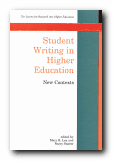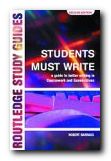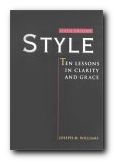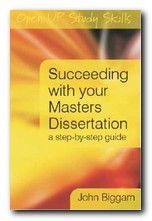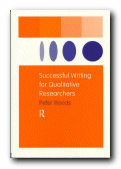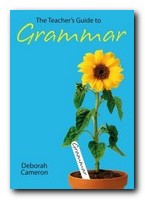sample from HTML program and PDF book
1. The structure of a piece of writing is the (sometimes underlying) order of its parts. Good structure usually means that a persuasive or logical sequence of these parts has been created. This is often best established by creating the structure in essay plans.
2. The basic structure of most essays can be very simple:
- Introduction
- Argument(s)
- Conclusion
3. Provided that the individual topics of your argument(s) are arranged in a clear and meaningful order, this basic model should create a firm structure.
4. The order of the parts is often determined by the nature of the subject in question. This order might be created by:
- logical progression
- increasing significance
- equal significance
- chronological order
- narrative sequence
- category groupings
Arranging the parts
5. Imagine you were writing an essay about French wine. You have decided to discuss four red wines and four white wines. The structure for this essay is created by diving the examples into white wines and red wines – as shown here.
Introduction
Part One – Red wines
* wine 1
* wine 2
* wine 3
* wine 4Part Two – White wines
* wine 1
* wine 2
* wine 3
* wine 4Conclusion
6. This is clear, simple, and uncomplicated. But you could also create a slightly more interesting structure by arranging the wines by region. This is the arrangement shown here.
Introduction
Loire
* red wine
* white wineBordeaux
* red wine
* white wineCotes du Rhone
* red wine
* white wineBugundy
* red wine
* white wineConclusion
7. It’s the same number of examples, but the arrangement is slightly more complex. This might also make the essay more interesting. Notice how each item is kept separate – so they don’t get mixed up. And each one would be discussed in a paragraph of its own.
8. Next – this process can be taken one step further with a slightly more complex question. You might often be asked to write an essay considering the arguments for and against some topic or proposition. For instance – “Consider the arguments for and against congestion charges in city centres.”
9. There are two ways you can arrange the structure for an essay of this type. Here’s the first, which we’ll call Strategy A.
Introduction
Part One – In favour of congestion charges
* [traffic] reduces volume
* [ecology] less air pollution
* [economy] generates local income
* [politics] positive social controlPart Two – Against congestion charges
* [traffic] public transport alternatives
* [ecology] transfers problem elsewhere
* [economy] reduces profitable activity
* [politics] punishes tax-payersConclusion
10. The arguments in favour of congestion charges are kept separate from the arguments against. The structure is simple, clear, and uncomplicated. Notice that the same topics (traffic, ecology, economy, and politics) are covered in both the case ‘for’ and ‘against’. Next – look at an alternative strategy, Strategy B.
11. You can see that in this example the structure is arranged in the form of TOPICS – and each one contains an argument for and against the proposal.
Introduction to congestion charges
TOPIC 1
* [traffic] reduces volume
* [traffic] public transport alternativesTOPIC 2
* [ecology] less air pollution
* [ecology] transfers problem elsewhereTOPIC 3
* [economy] generates local income
* [economy] reduces profitable activityTOPIC 4
* [politics] positive social control
* [politics] punishes tax-payersConclusion
12. It’s fairly important if you are using this structure to keep a balance. And the topics must be clearly identified and matched. That is, you must not put an argument FOR economy alongside one AGAINST traffic
13. If there is no natural order for your topics, you might deal with them in order of their importance. You could deal with the smaller, less important items first. This leaves the larger, more important issues until the end of the essay. Discussing the detail first in this way leaves the larger items for general consideration in approaching your conclusion.
14. On the other hand you might wish to deal with the major item(s) first, then turn to a consideration of the detailed evidence which supports the argument you are making. Using this approach, you could then return to your main points again and give them further general consideration as your conclusion.
© Roy Johnson 2003
Buy Writing Essays — eBook in PDF format
Buy Writing Essays 3.0 — eBook in HTML format
More on writing essays
More on How-To
More on writing skills
